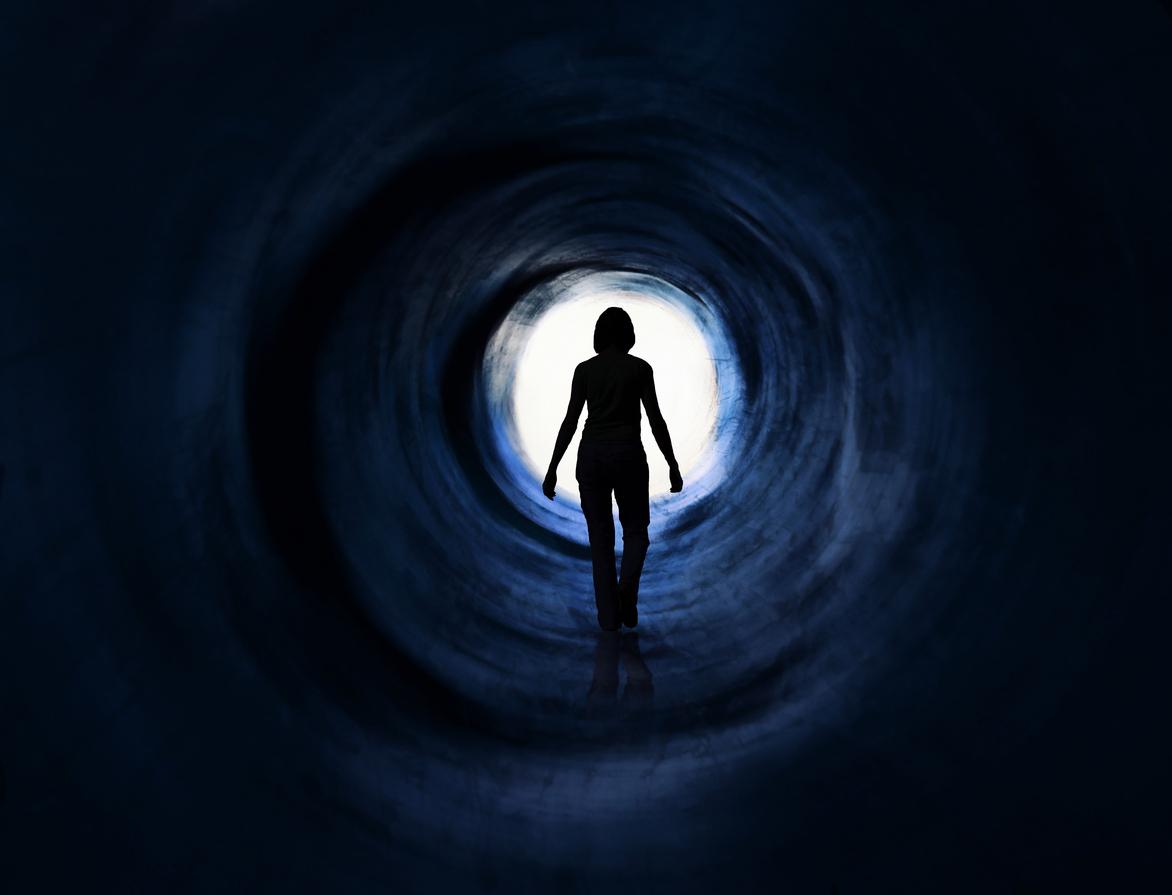Researchers have found brain activity reminiscent of dreams or hallucinations in patients who died of cardiac arrest.

- A previous study recorded gamma waves in the brains of dying animals.
- A scientific paper, published on May 1, shows that similar activity has been spotted in humans dying from cardiac arrest.
- However, further studies with larger samples and with surviving patients are needed to confirm the researchers’ conclusions.
Scrolling memories, encounters with deceased loved ones, bright white light… the accounts of people who have had near-death experiences suggest that something is happening even if their hearts have stopped.
Researchers from the University of Michigan provide an explanation. They highlighted an increase in brain activity in the brains of dying people. Their discovery was the subject of an article published in the journal Proceedings of the National Academy of ScienceMay 1, 2023.
Brain activity: gamma waves spotted in the brains of the dying
Work carried out nearly 10 years ago demonstrated the presence of signatures similar to activation by Gamma brain waves in the brains of dying animals. The latter are associated with great concentration, the processing of information, but above all with consciousness. The new study reveals that similar features are seen in the oxygen-deprived human brain following cardiac arrest.
The team puts forward this hypothesis after identifying four comatose patients who died of cardiac arrest in hospital while they were monitored by an electroencephalogram (EEG). When their life support was removed with the agreement of the families, two of the dying showed an increase in heart rate as well as an increase in gamma wave activity.
“In addition, activity was detected in the so-called ‘neural correlates of consciousness’ area, i.e. the junction between the temporal, parietal and occipital lobes at the back of the brain. This area has been correlated with dreams, visual hallucinations in epilepsy, and altered states of consciousness in other brain studies,” the study authors explain in a communicated.
Near-death experience: further studies needed
“How vivid experience can emerge from a dysfunctional brain during the dying process is a neuroscientific paradox”explains Professor George Mashour who participated in the trial.
In contrast, the other two patients followed did not show the same increase in heart rate or brain activity at the time of their death. Scientists thus recognize that it is impossible to establish with certainty correlations between the neural signatures of consciousness and the near-death experience. “However, the observed results are definitely exciting and provide a new framework for our understanding of hidden consciousness in dying humans”says neurologist Nusha Mihaylova, also author of the article.
The researchers have therefore planned to carry out more extensive work, including, among other things, larger samples or even patients who have survived the coma, to confirm the conclusions put forward after this experiment.















